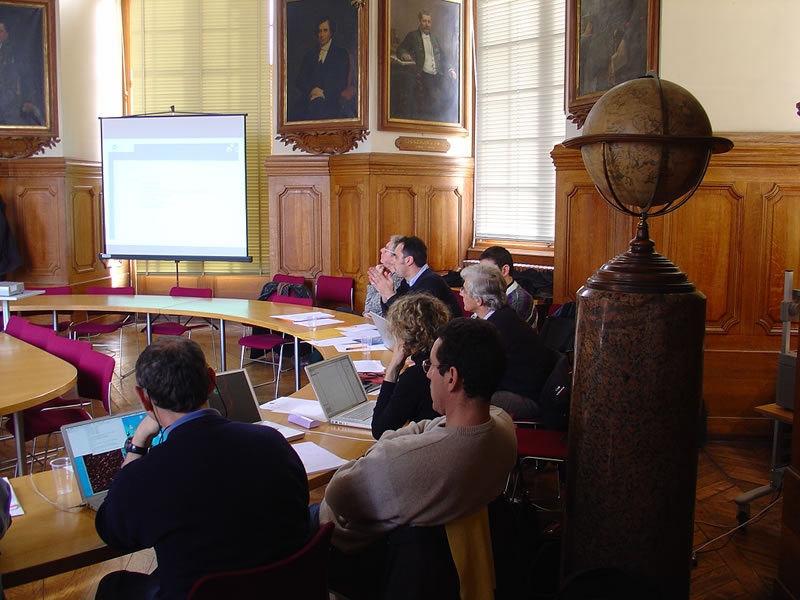30 March 2007

In the space industry, “in-orbit checkout” is the period of a few months following the launch of a spacecraft during which teams run a series of checks to ensure it is acclimatizing to the rigours of space. This task includes verifying that the spacecraft bus and instruments perform as planned in readiness to accomplish the mission.
COROT completed this phase on 26 March when the project team gave its final report on the satellite’s performance to the review group and mission operations teams set to take over between now and mid-April.
Exceptional pointing performance
The results of in-orbit checkout are excellent, none more so than the exceptional precision of the fine-pointing mode developed especially for COROT. “We are seeing a precision of 0.25 arc seconds,” enthuses Pierre Bodin, who is in charge of the instrument on the project team. “That’s 2 times better than our initial objective.” To get an idea of just how precise, this means the instrument can resolve features as small as a hair’s breadth from a distance of 90 m.
Portrait gallery of the stars of the exoplanet channel
.COROT user guide
“The in-orbit checkout review produces a sort of user guide for the COROT operations team,” explains Pierre Bodin. “So, controllers now have everything they need to meet the mission scientists’ needs without jeopardizing data quality or the satellite’s safety.”

“The project team’s experts will of course be on hand if needed at any later stage,” says Pierre Bodin.
But he doesn’t expect they will be overly troubled. “The operations teams now have a baby that can walk and has already made good progress. And scientists are really delighted with the data they’ve been receiving since 6 February. Mission accomplished.”